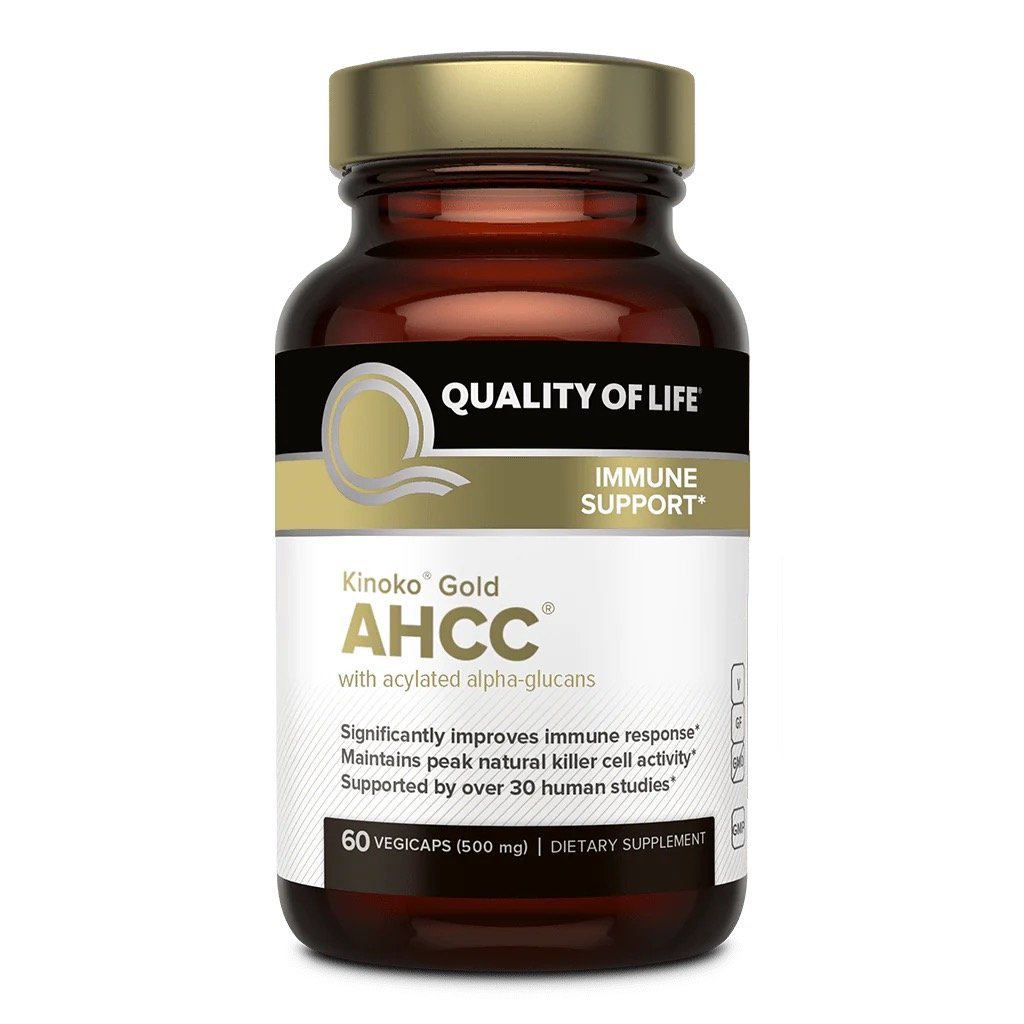Understanding Oxidative Stress: What It Means for Your Health
/Oxidative stress occurs when there is an imbalance between free radicals (unstable molecules that can damage cells) and antioxidants (molecules that neutralise free radicals) in your body. Free radicals are produced naturally during metabolic processes but environmental factors like pollution, smoking and poor diet can increase their levels. Diminished antioxidant capacity and endogenous factors like high hormone load (stress and reproductive) can also contribute to oxidative stress.
Read More































